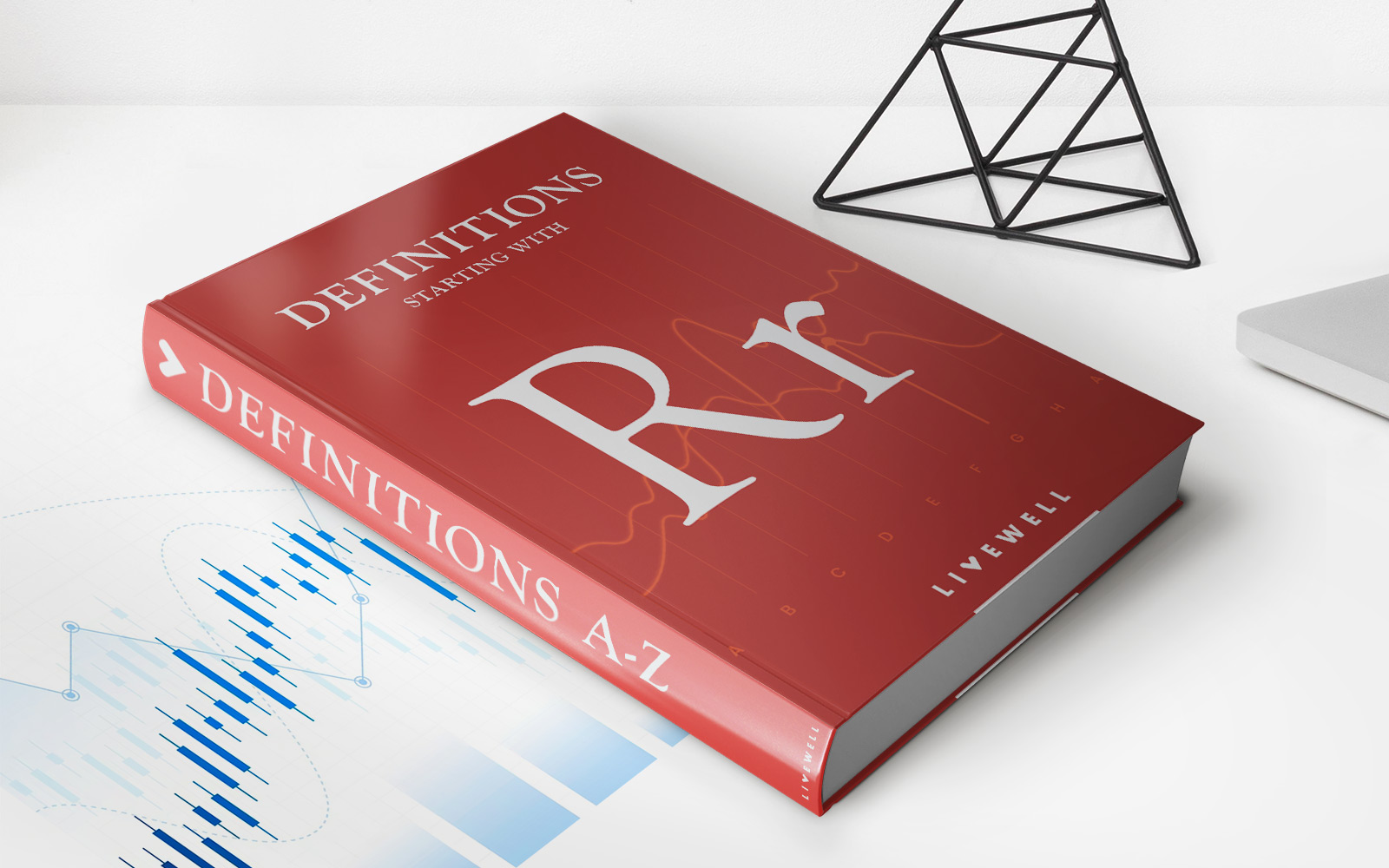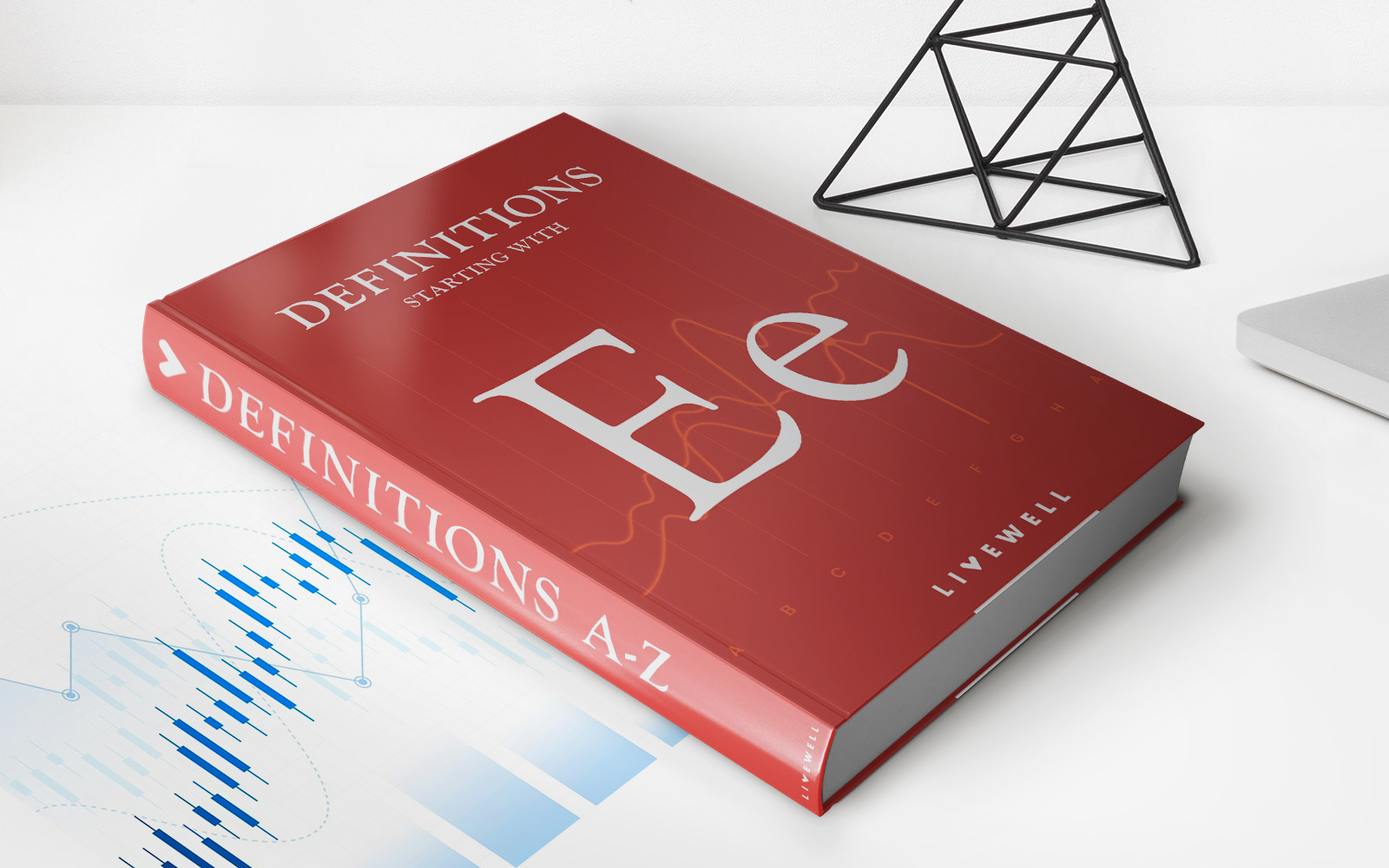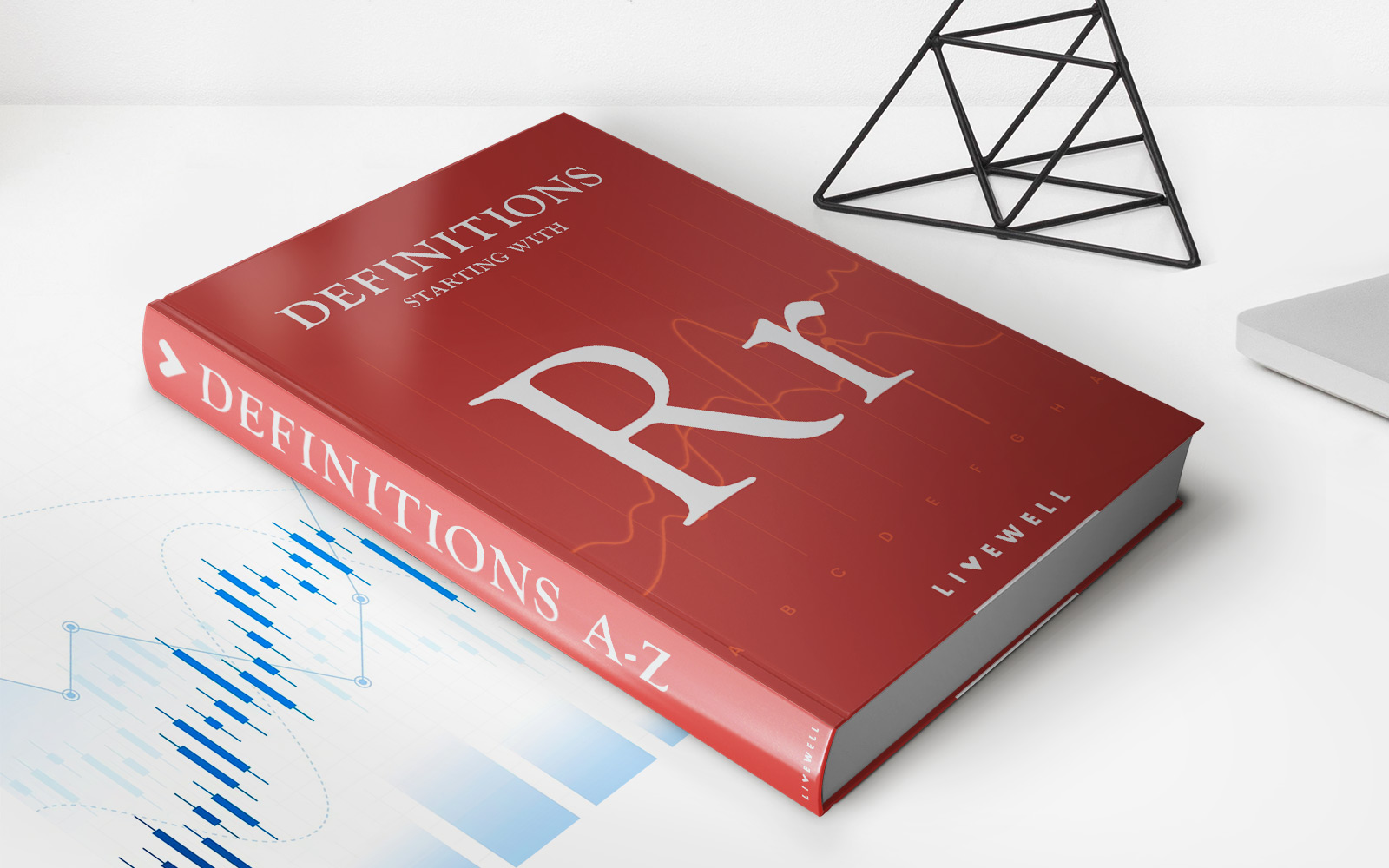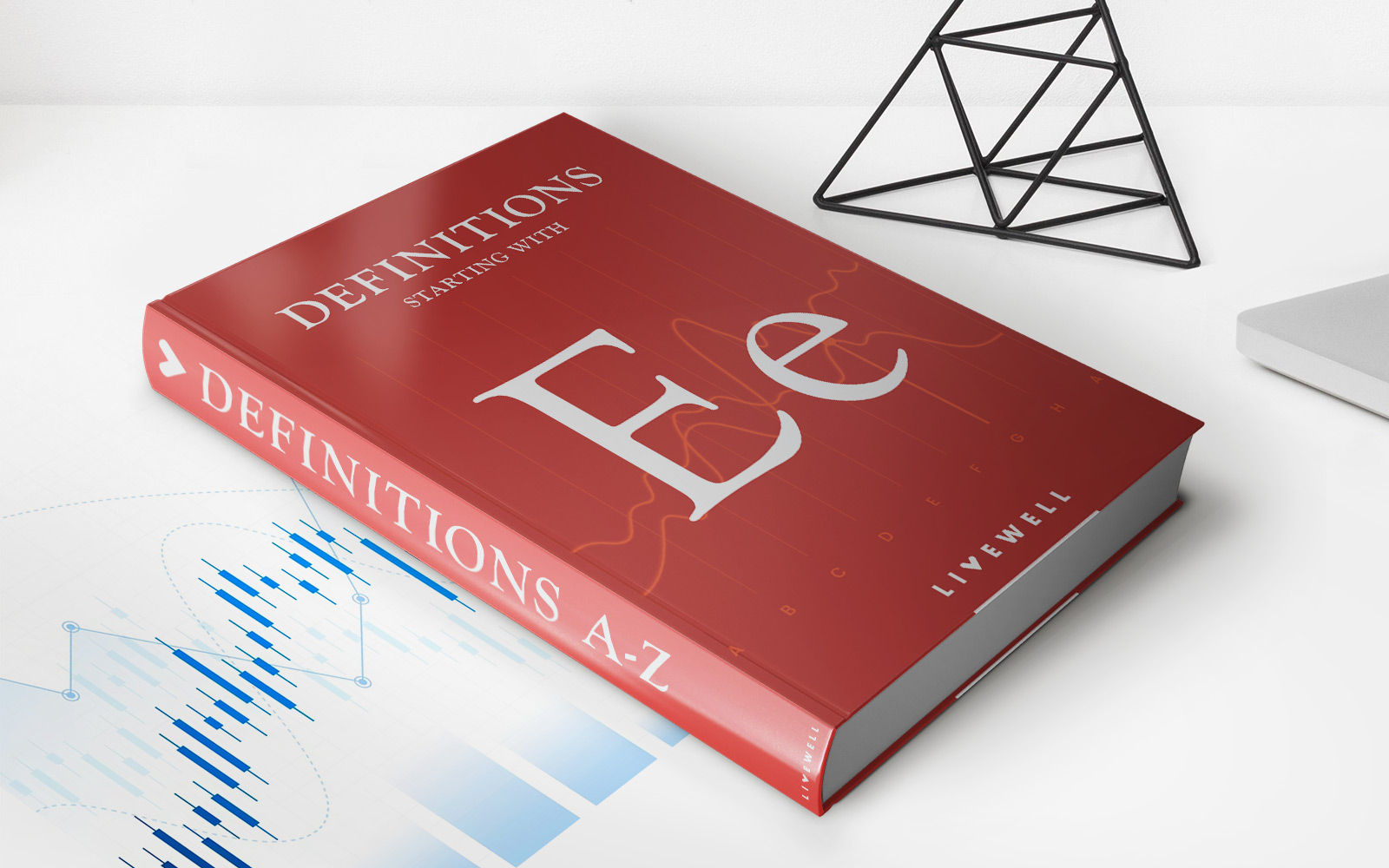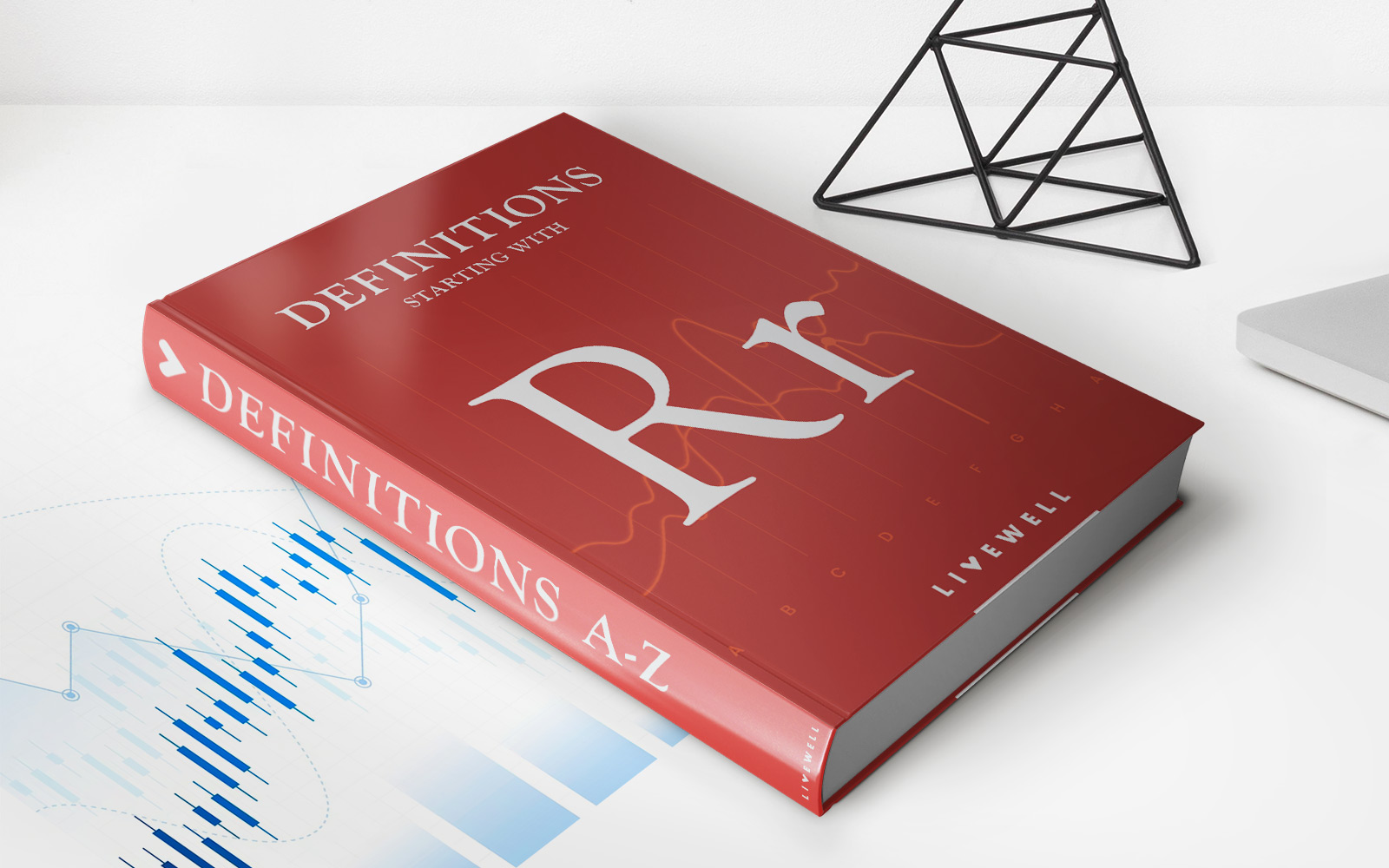Home>Finance>What Is Relative Value? Definition, How To Measure It And Example
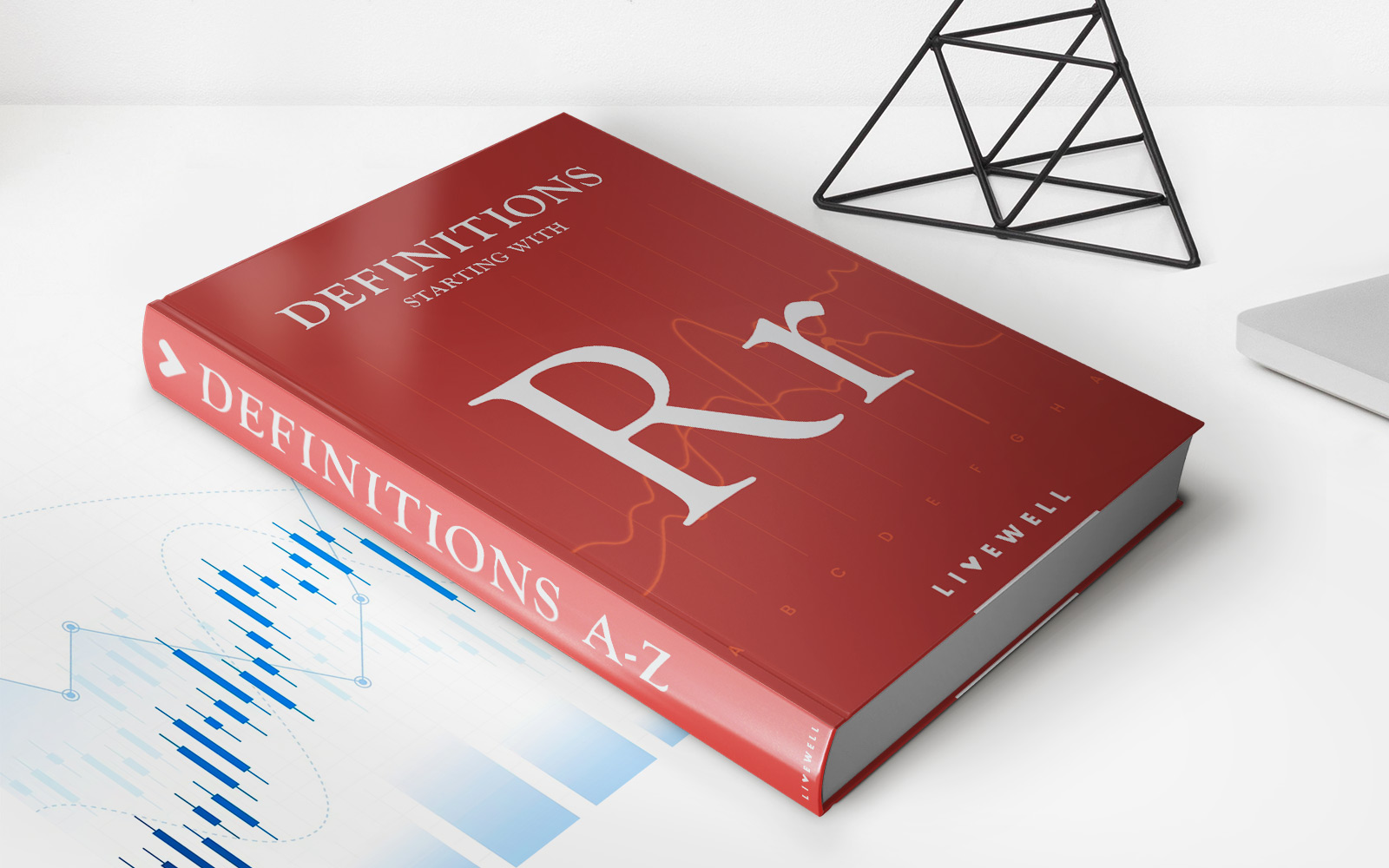

Finance
What Is Relative Value? Definition, How To Measure It And Example
Published: January 18, 2024
Learn the definition of relative value in finance, how to measure it, and get an example for better understanding in this comprehensive guide.
(Many of the links in this article redirect to a specific reviewed product. Your purchase of these products through affiliate links helps to generate commission for LiveWell, at no extra cost. Learn more)
What Is Relative Value? Definition, How to Measure It, and Example
Finance can sometimes feel like a complex world filled with jargon and complicated terms. However, understanding these terms is essential for making informed decisions and maximizing investment returns. One such concept that plays a crucial role in finance is relative value. In this blog post, we will discuss the definition of relative value, how to measure it, and provide an example to help you grasp its significance in the financial realm.
Key Takeaways:
- Relative value is the assessment of an investment’s worth in comparison to other similar investments.
- Measuring relative value involves examining various factors such as price, earnings, and industry standards.
What is Relative Value?
Relative value, in the context of finance, refers to the assessment of an investment’s worth in comparison to other similar investments. It takes into account variables such as price, earnings, dividends, and various other parameters to enable investors to evaluate the potential return and risk associated with a particular investment option.
How to Measure Relative Value:
Measuring relative value entails analyzing different factors to determine the attractiveness of an investment. Here are some steps involved in measuring relative value:
- Identify comparable investments: The first step is to identify investments similar in nature to the one being evaluated. These comparisons could be within the same industry, sector, or asset class.
- Collect relevant data: Gather data related to price-to-earnings ratio (P/E ratio), dividend yields, profitability metrics, and other financial data for the identified investments.
- Compare financial ratios: Analyze and compare financial ratios across the selected investment options. Look for discrepancies and evaluate the reasons behind the differences.
- Consider market conditions: Take into account the prevailing market conditions and industry trends that might impact the relative value of the investments under consideration.
- Evaluate risk and return: Assess the potential risks and returns associated with each investment option by considering their historical performance, volatility, and market outlook.
Example of Relative Value:
Let’s consider an example to demonstrate the concept of relative value. Suppose you are interested in investing in the technology sector and have shortlisted two companies: Tech Company A and Tech Company B.
Company A has a P/E ratio of 20, while Company B has a P/E ratio of 15. Based solely on this information, Company B appears to be relatively undervalued compared to Company A since investors are willing to pay less for each dollar of earnings from Company B.
However, to get a comprehensive view of relative value, it is essential to consider other factors such as the growth prospects, dividend yields, and overall market conditions. By conducting a thorough analysis of these additional parameters, you can assess the relative value of both companies and make a more informed investment decision.
In conclusion, understanding relative value is crucial for investors looking to make informed decisions about their investments. By analyzing and comparing the relative value of various options, investors can identify potential opportunities and allocate their resources in a way that maximizes returns while managing risk.



